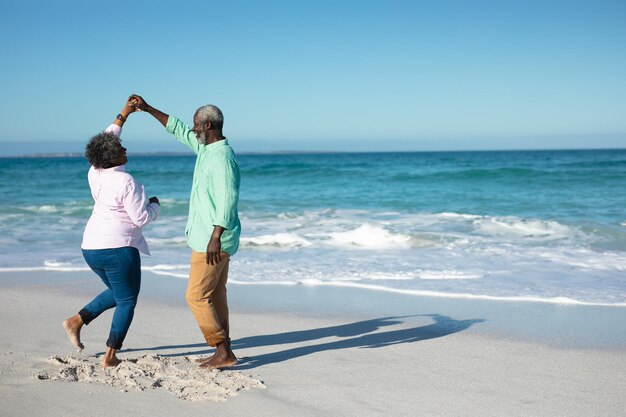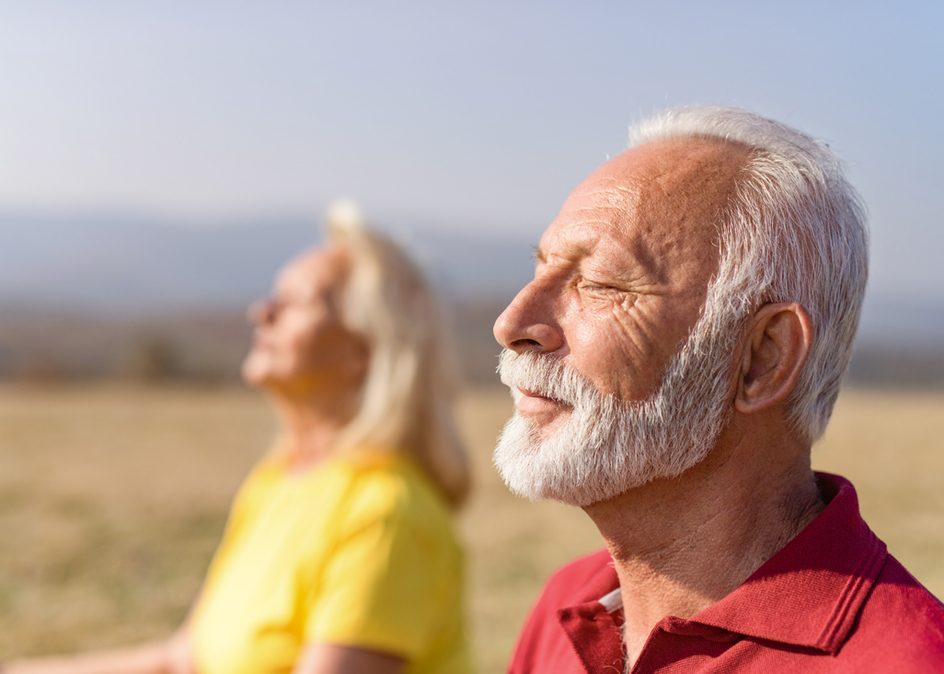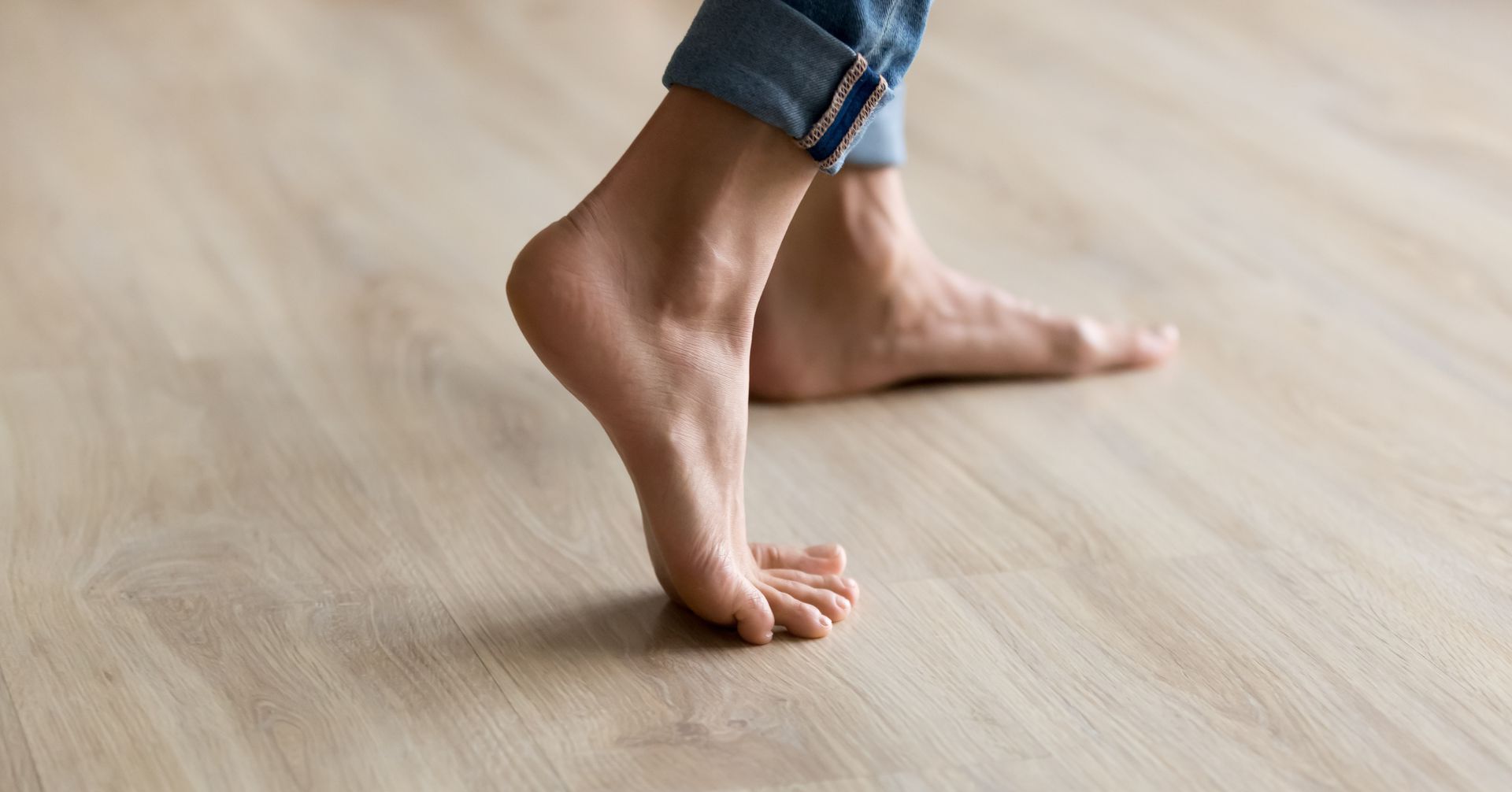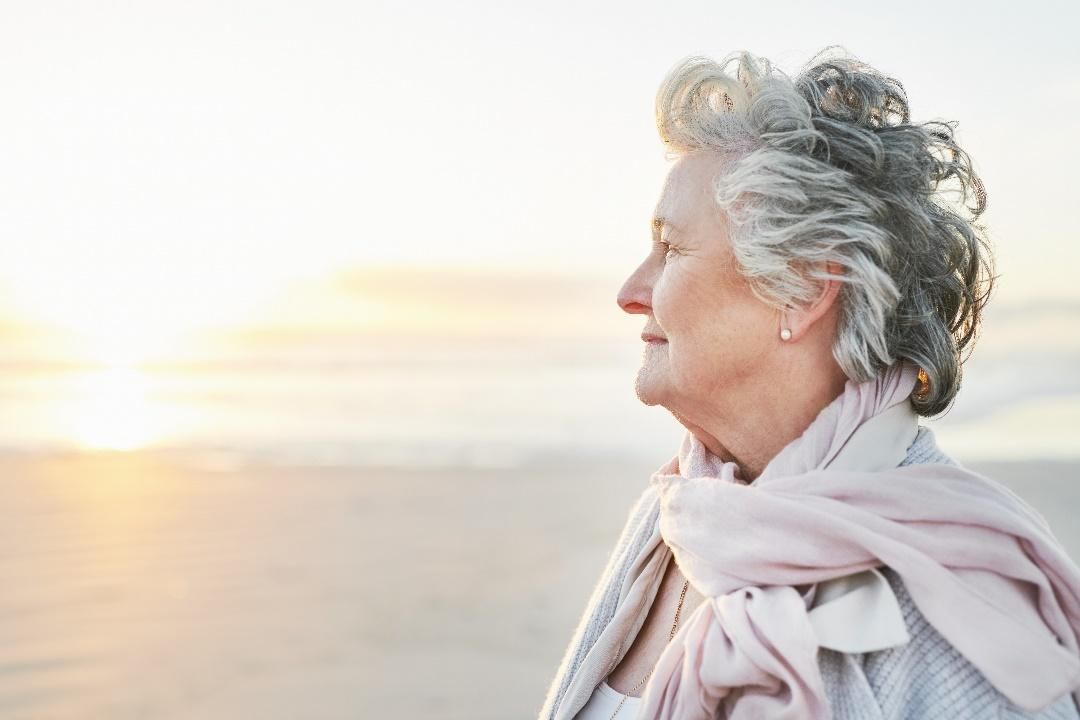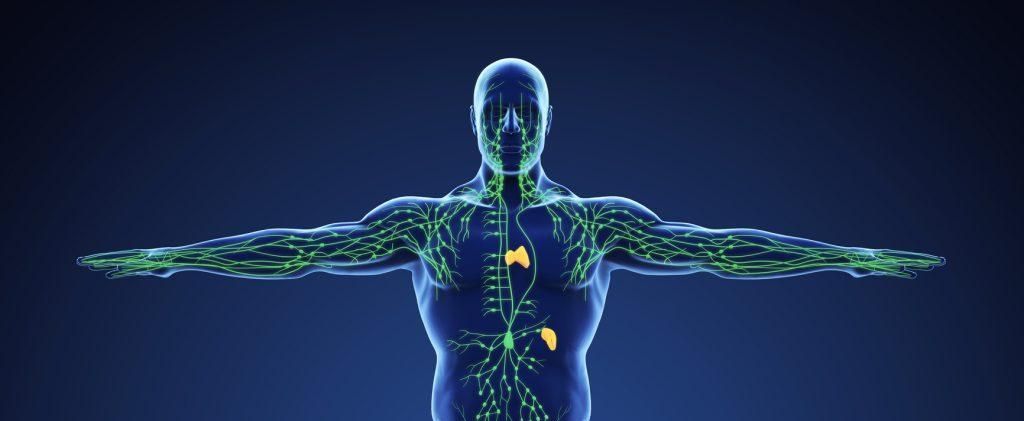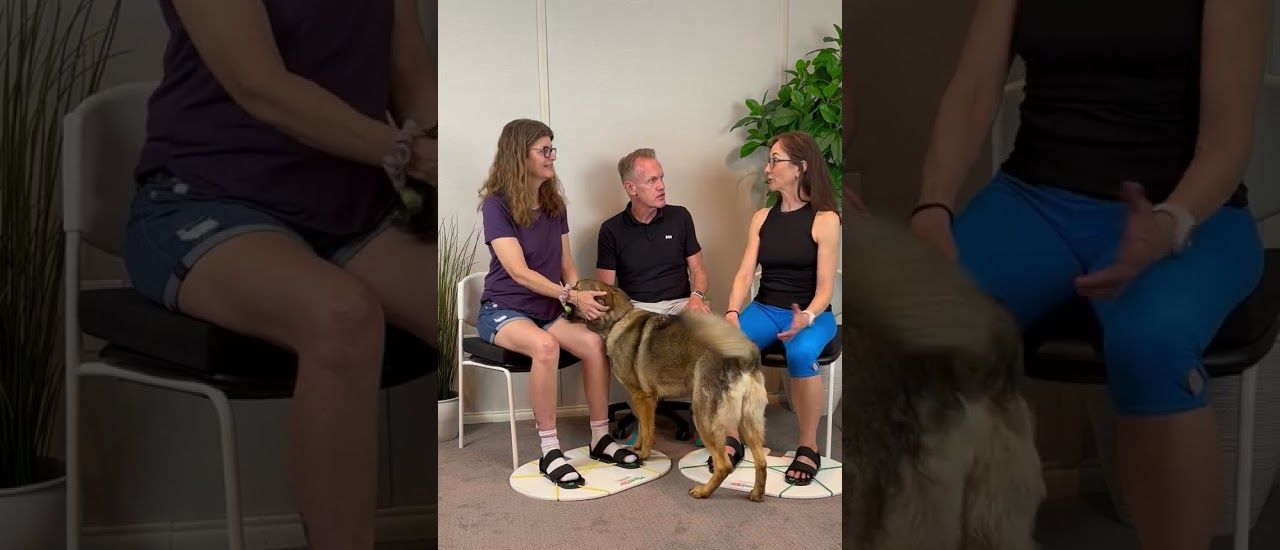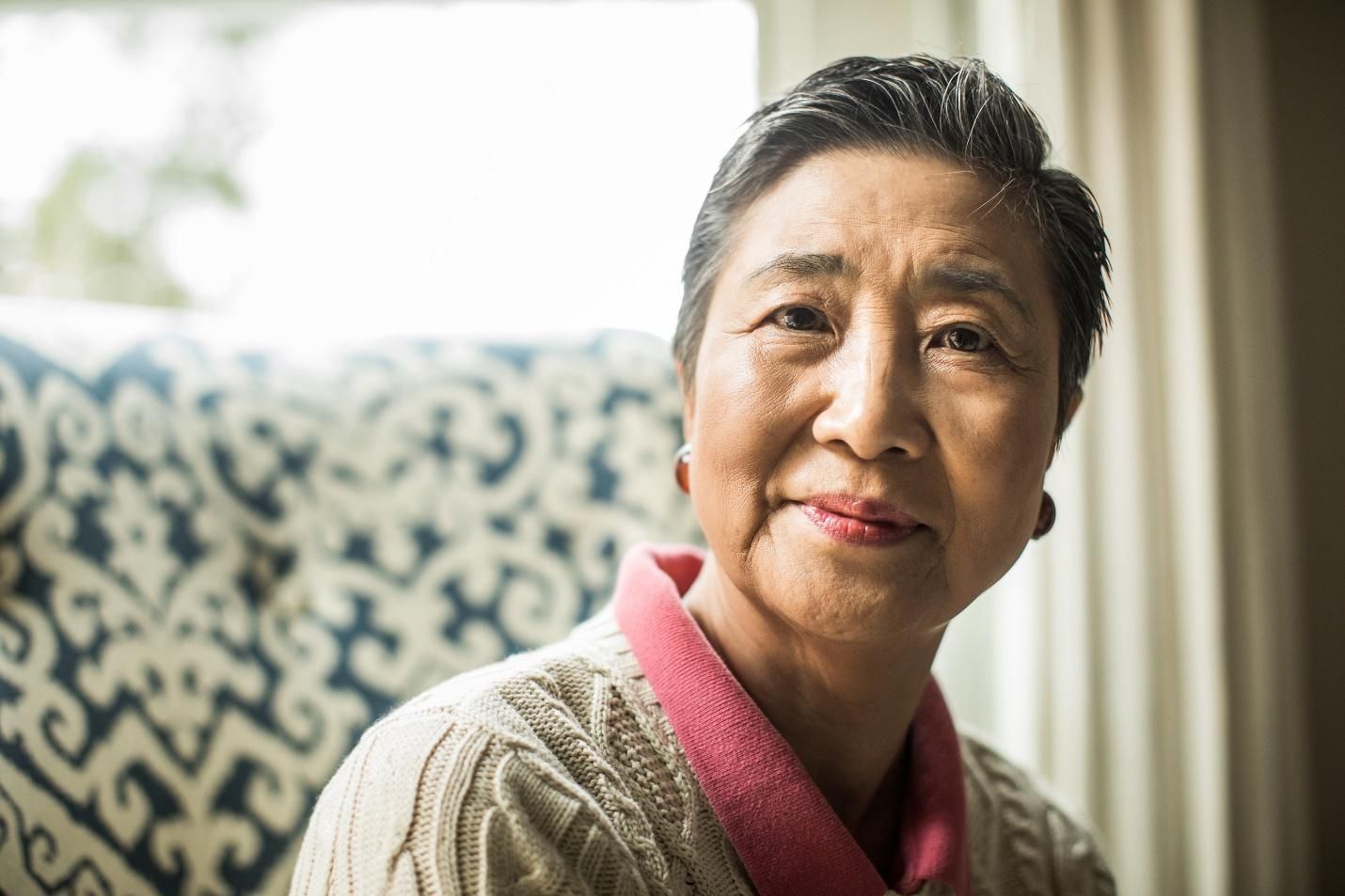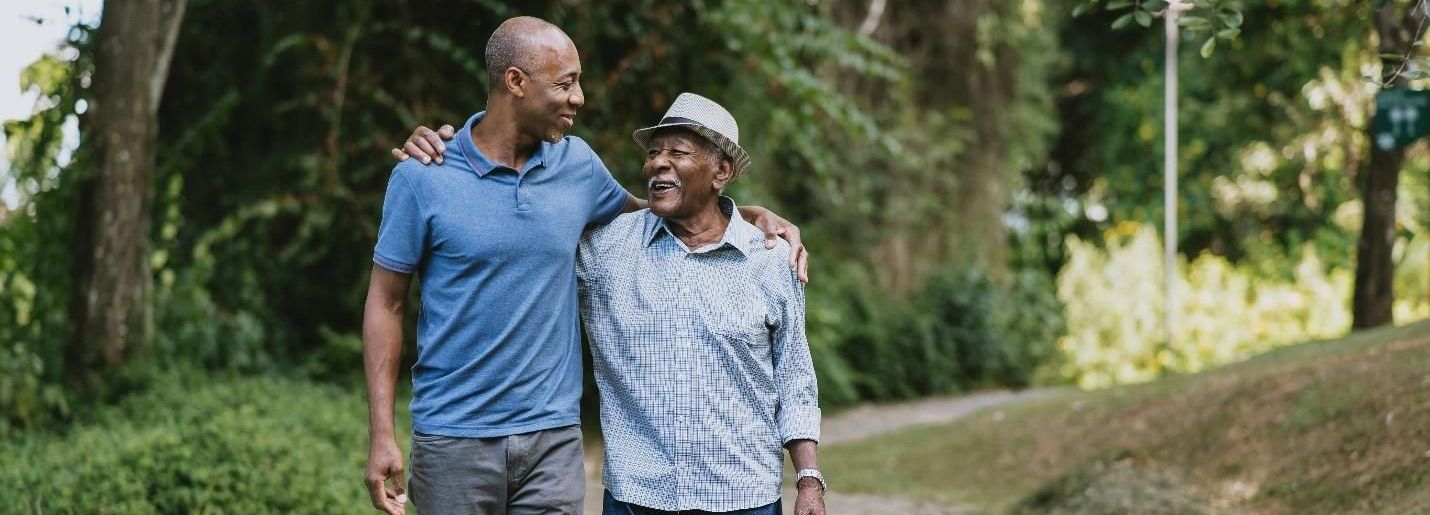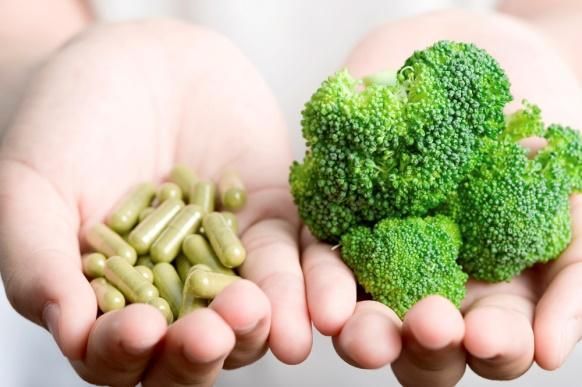How to Restore Your Mobility and Confidence with Ease
Did you know that mobility is the fastest growing disability? I was shocked to learn that the Center of Disease Control and Prevention estimates that fourteen percent of adults in the United States (1 in 7) have difficulty walking ¼-mile or climbing stairs. For people aged 65 and up, this number skyrockets to forty percent! That’s 2 in 5 people having a hard time moving safely. This is sobering because mobility is foundational to age well and live independently.
What is causing this growing epidemic? Let’s dig into some potential root causes of mobility disability and action steps to prevent it.
Sarcopenia & Inactivity
Sarcopenia is the age-related loss of muscle mass and function that occurs to varying degrees in people. It is one of the leading health issues facing older adults because it results in weakness that restricts independence while increasing the risk of disability, injuries and falls. While many factors contribute to sarcopenia including a chronic state of inflammation, malnutrition, oxidative stress and neuromuscular degeneration (2), research shows that inactivity is the major culprit and exercise can reverse this syndrome (3).
Tight Joints & Weak Muscles
Living a sedentary lifestyle causes connective tissue and muscles to get short, tight and weak. Tight tissues that cross joints and cause compression, stiffness and pain. This impairs joint function, muscle strength and mobility.
As people age, there is an increasing prevalence of chronic joint symptoms. The CDC reports that that nearly 59% of individuals older than 64 years of age self-report arthritis or chronic joint symptoms, compared to 42% of 45 to 64 year olds (4).
Mobility is a Joint Effort
Ankles, knees and hips all work together to create locomotion to perform life’s daily activities including getting out of bed, showering, toileting, cleaning, cooking and running errands. Each joint affects the function of the other. If one joint is not moving well it is “dysfunctional” and the body’s other joints and muscles will compensate. Over time pain will pop up.
Problems at one joint often show up as pain in the joint above or below. According to Gray Cook, MSPT, author of Functional Movement Systems, knee pain can be coming from ankles that don’t move well; that lower back pain is likely coming from tight, immobile hips.
More Pain, Less Activity
Naturally, when it hurts to move, activity levels plummet. This commonly leads to more joint stiffness, weaker legs, and poor balance. Feeling unsteady on your feet can make everyday tasks like walking, cooking, cleaning and showering more difficult.
As balance confidence declines, the risk and fear of falling grows. This leads to a vicious cycle of less activity, more atrophy and decreasing functional capabilities from head to toes. Cognitive impairments go hand-in-hand with less movement because of reduced stimulation and blood flow.
Where do you start when it hurts to move, and you are afraid of falling?
Simply start by moving joints in a comfortable, pain-free range of motion from your head to your toes! Seated exercise removes the fear of falling so you can enjoy moving more while gradually restoring confidence. As you feel stronger and steadier, progress to standing exercise with adequate support within close reach of a kitchen counter, wall, sturdy table or chair.
Regaining flexibility and strength does take a consistent effort and time, but the return on investment of moving more freely and living more fully is definitely worth it.
Start Regaining Strength, Balance & Mobility
Moving joints through a full, pain-free range of motion can improve joint health, alignment and strength so you can move with greater ease, efficiency and better balance.
Joints love circles! Moving this way helps to gently lengthen tight tissues and strengthen weak ones surrounding joints making them more mobile and stable. As joint range of motion increases, more muscles are activated to increase strength. When joints can move more freely in all directions, they are better able to sense and respond to the dynamic environment so you experience better balance in all directions.
Joint health can improve as more blood flow delivers nutrients and oxygen for healing and repairing damage while taking out the cellular trash. Synovial fluid or “joint oil,” is released to lubricate and nourish joints. Structural alignment can improve with greater freedom of movement. This all adds up to greater movement efficiency so you can experience increased energy and more confidence with each step you take.
One Simple Practice to Open Joints from Head to Toes
Start seated in a sturdy chair with hips aligned with or slightly higher than knees. Do not move into pain; pain is your body’s signal to STOP as it is sensing an unsafe position that may cause injury.
Sitting tall, away from the back of your chair; begin by taking a deep inhale and exhale. As you inhale, lift up from the crown of your head to lengthen your spine and exhale to relax body and mind. Continue breathing comfortably throughout the exercises.
Make 3-5 slow circles in each direction, as small or as large as desired. Take a moment to notice how you feel before and after this simple practice.
1. Neck: Make clockwise circles with your nose; repeat in the opposite direction.
2. Shoulders: Roll shoulders forward and then back.
3. Wrists: Clasp hands together and with your knuckles, make circles in a clockwise direction; repeat with counterclockwise circles.
4. Torso: Keeping your trunk solid like a cylinder, focus on the top of your head and make circles on the ceiling, moving in one direction; repeat in the opposite direction.
5. Hips: Lift your right knee, make circles with your knee in a clockwise direction as if tracing the numbers around a wall clock; repeat in a counterclockwise direction; repeat on your left side.
6. Knees: Lift your right knee slightly and with your foot raised, make small circles as if tracing them on the ground; repeat in the opposite direction; then switch to the left knee.
7. Ankles: With your heel on the ground, lift the toes of your right foot; pretending your big toe is a pencil, make clockwise circles; repeat in a counterclockwise direction; repeat on the left ankle.
How do you feel now? Following this simple joint opener practice, clients consistently say they feel “better,” “looser,” “more energy,” and more vibrant” and you can too! It just takes a few minutes and is a great way to release tension, increase energy and improve joint range of motion for better mobility.
When you are looking to increase your flexibility and strength, try one of our MoveMor exercise videos. Please let me know how these simple moves improve the way you move and feel!
Cheers to you moving more freely and living more fully!
1. https://www.cdc.gov/media/releases/2018/p0816-disability.html
2. https://www.ncbi.nlm.nih.gov/pmc/articles/PMC7282252/
Papadopoulou SK (2020). Sarcopenia: A Contemporary Health Problem among Older Adult Populations. Nutrients.
3. https://www.ncbi.nlm.nih.gov/pmc/articles/PMC5386774/
Gomes MJ et al (2017).Skeletal muscle aging: influence of oxidative stress and physical exercise. Oncotarget.
4.
https://www.cdc.gov/mmwr/preview/mmwrhtml/mm5142a2.htm
